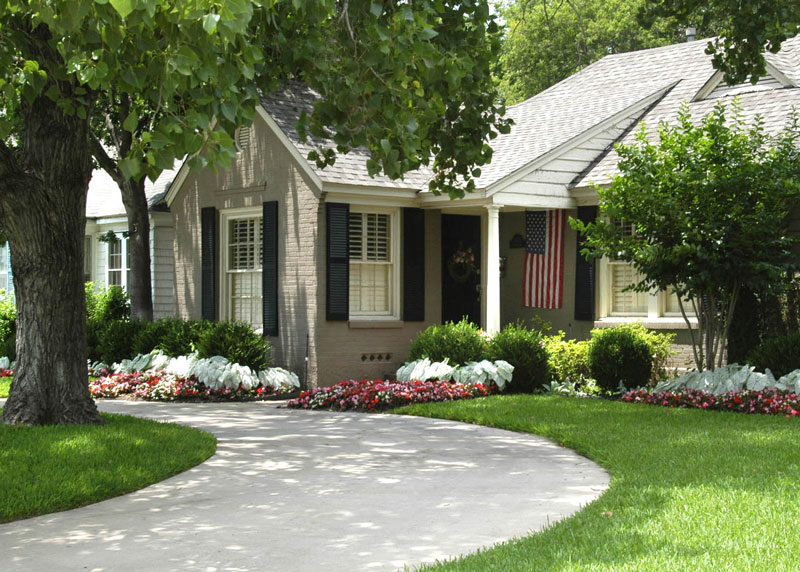Simple Landscapes Are Often Best
You’ll never have to apologize for “simple and tasteful” landscape designs. They’re great starting points, and many of us choose never to move much beyond that clean, basic look.
Let’s take a look at some things you can do to keep your landscape simple in all respects – simple to look at, and simple to maintain.
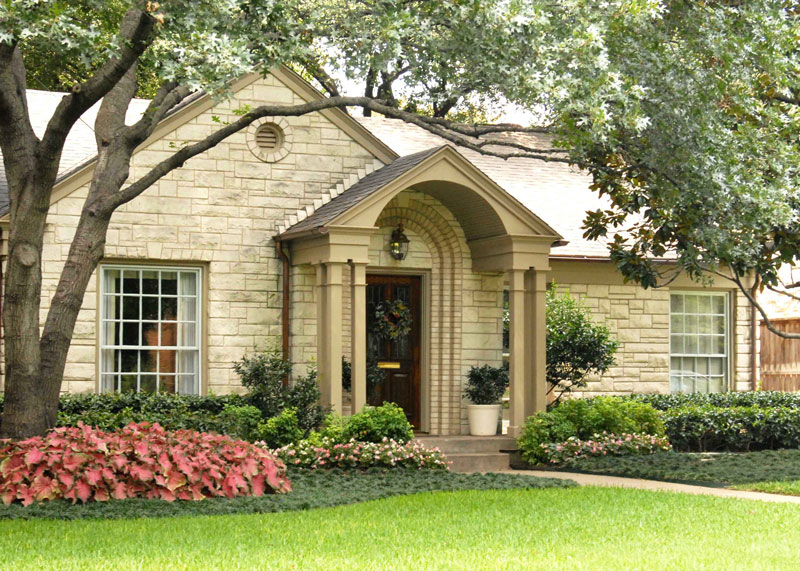
• Establish the focal point. It is the most critical thing that you want people to see when they look at the front of your house.
• In almost all cases, it’s going to be your front door. Everything you plant should send viewers’ eyes right toward the door. You’ll clutter it all up if you create other little focal points around tree trunks, the mailbox or fire hydrant. Keep it all simple.
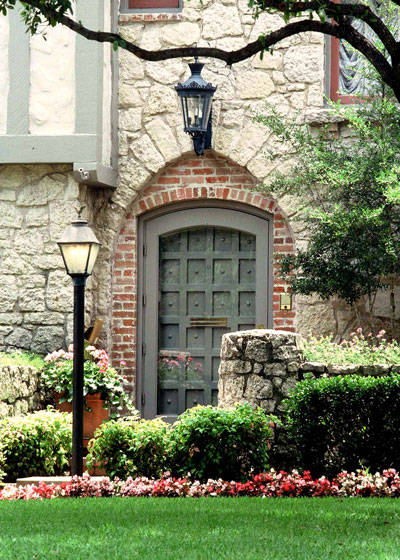
• Frame the look by using taller plants to the sides to create a “visual funnel.” What you want is a simple V-shaped taper of taller plants to the left and right sides of your house, down to the front door.
• Then, if you want a little extra emphasis on the front door, you can use a small accent tree such as a crape myrtle, yaupon holly or possumhaw holly or a piece of garden art as an exclamation point. By breaking the line of your visual funnel, it will draw attention to its location – which happens to be, by no surprise, your entryway.
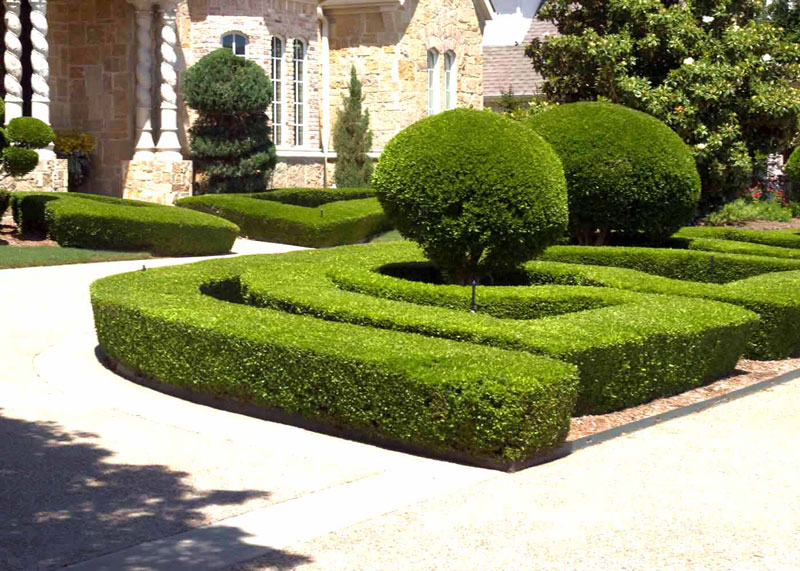
• Avoid formal pruning. Formal shearing sets you up for more work. And it shortens the life expectancy of those shrubs. When their new growth is repeatedly trimmed off you’ll eventually find nothing but stem stubble remains after you prune.
• Plant in gentle sweeping curves. Corners take extra time for mowing and trimming, and they tend to draw undue attention to their parts of the garden design.
• One long, graceful curve across the entire front of your house can look very good. Let it wrap out and around the corners, 8 to 15 feet away from the house (to allow room for the taller plants to the sides), coming in to 6 or 7 feet of width against the walls, and then out from the entryway to allow space for the accent plant and any decorative garden art you might want near the door (large pots, sundial, etc.).
• Let the outer line of your front bed continue across the walk in a smooth contour (even though it may be farther out from the house on one side than the other.)
• Limit the number of species of shrubs that you use in any one part of your landscape (front yard, back yard, etc.) to six or seven. Plant them in groupings, so that as they grow together they can be viewed as one larger unit.
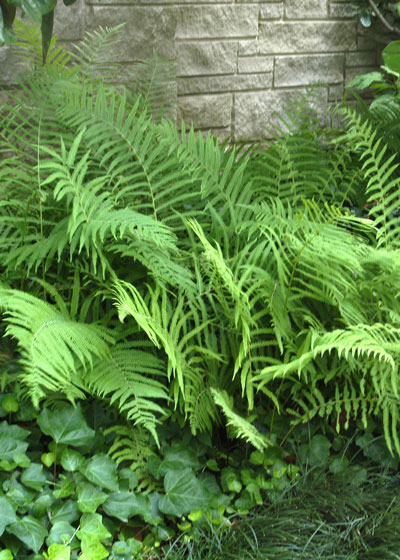
• Use a pleasing variety of textures and growth forms, but be careful in using highly variegated plants that could draw undue attention away from the focal point of your landscape.
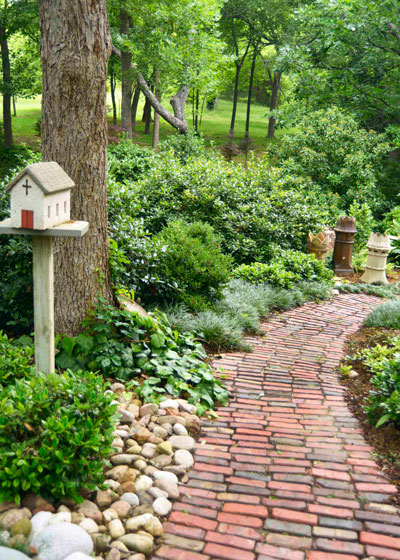
• Groundcovers, river rock and bark mulch give a look of continuity to bare soil in their parts of their gardens. They act as the unifying entity, much as carpet or hardwood flooring will do for the inside of your house.
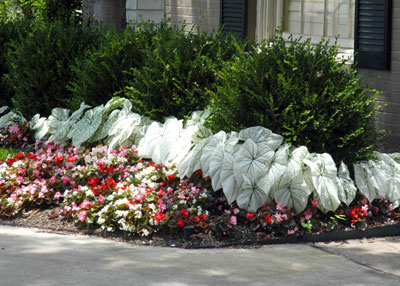
• Color beds can be small and strategic. They may flank either side of your entryway garden, or they may be along part of the walk. Use color where it will give you the most impact for your efforts.

